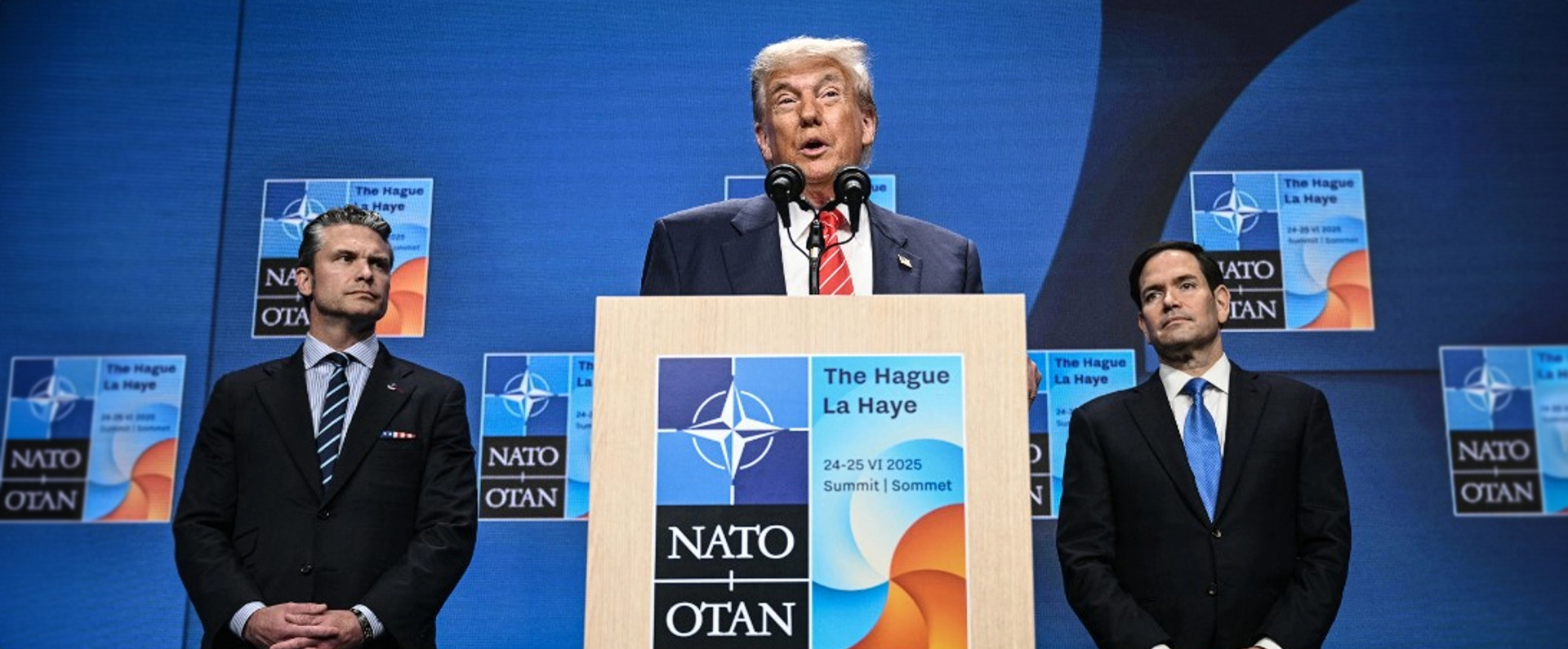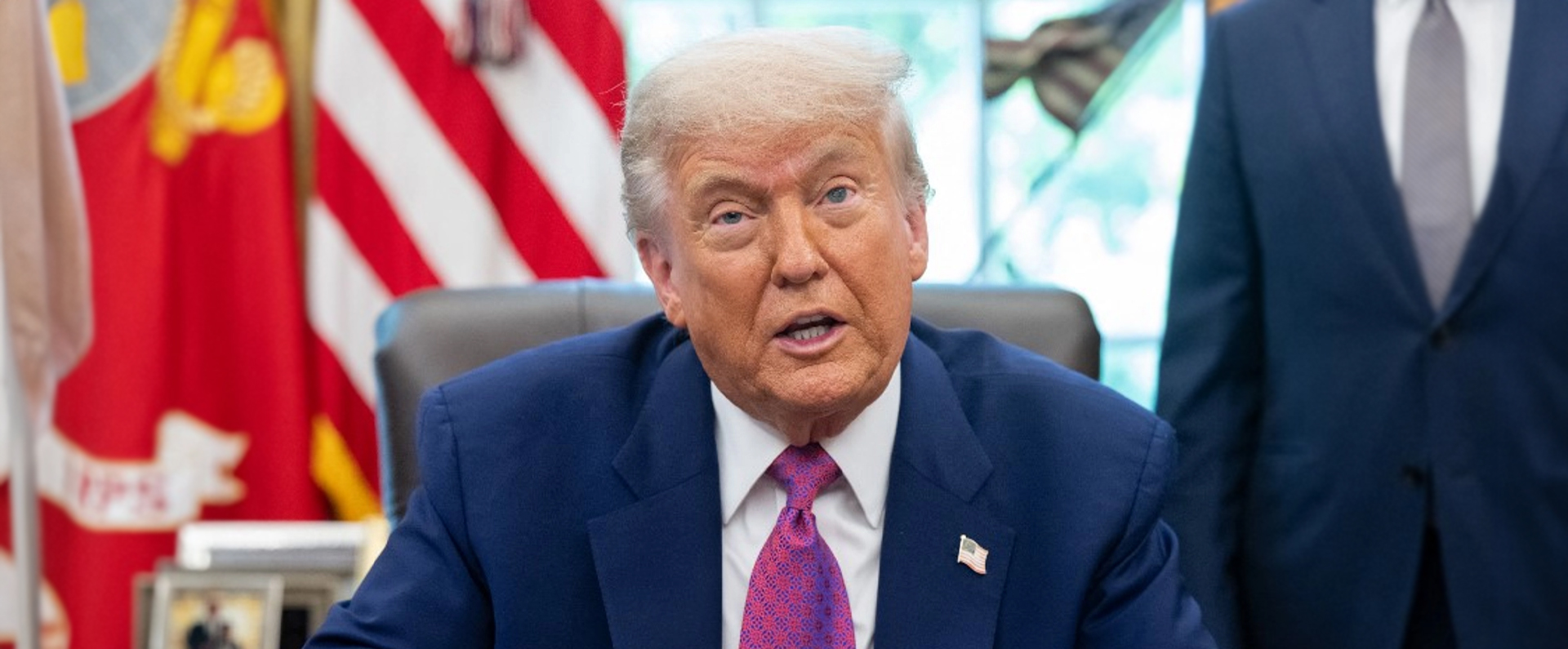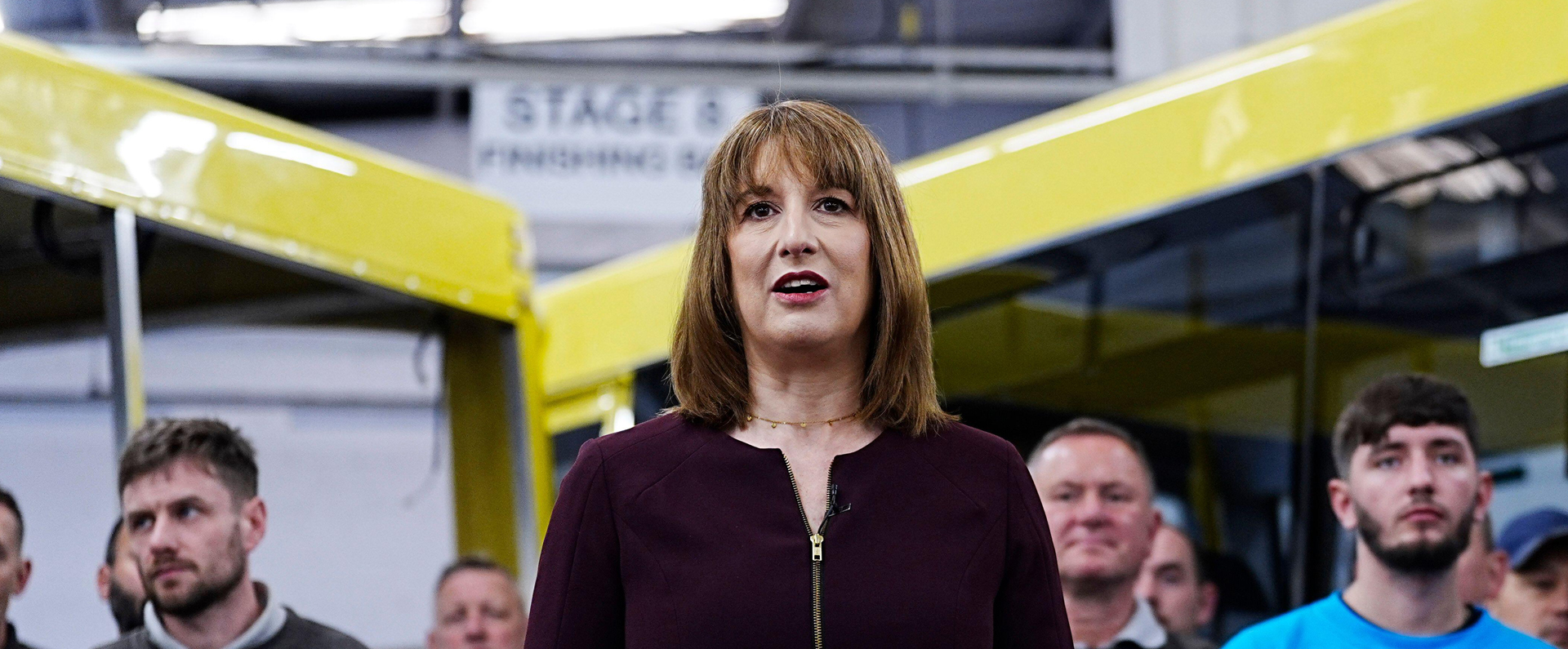
How do you persuade a peer to retire? The question is vexing my friend Tom Strathclyde, Leader of the Lords. There are 830 of us – hard to justify when the Commons is to be cut from 650 to 600. (Also, there isn’t room for everyone to sit.) Lords cannot step down — and if they could, why would they give up an agreeable riverside venue, and some expenses, even if they feel have done enough legislating for one lifetime? An upper age limit would deprive the nation of much-needed wisdom. Tom says a cash payoff would be quite improper (and anyway, there isn’t any cash). A cull of non-attenders has been suggested, but let me offer a less brutal proposal: from 6 April 2010, all Lords have been treated as resident and domiciled in the UK for tax purposes. Peers had a three-month window in which to leave. Why not do the same thing in reverse? From the start of the new tax year, any peer who left the Lords could be deemed a non-dom and enjoy a virtual tax-free retirement. Simple, tempting (though not for me; I’m staying put), and completely uncostable, so no one can say we can’t afford it — though with the average age of a peer at 68, the revenue foregone would barely register in the national accounts.
Speaking of tax, how much does Polly Toynbee pay over and above what HMRC requires of her? Given her outrage over entrepreneurs like Sir Philip Green, accused of the horrendous crime of legally minimising their tax bills, it must be quite a lot. How do you suppose it works? Does she staple an extra cheque to her Self Assessment form? We can presume she eschews ISAs, pension plans, and any other wicked scheme that would protect her savings from the taxman. Perhaps she just posts cash through the door of the Treasury. However she does it, I’m sure the Chancellor is grateful.
Westminster is exhilarated by the appointment of Tom Baldwin, Ed Miliband’s exciting new media adviser. As deputy political editor of the Times, Mr Baldwin wrote some quite spectacular untruths as part of a campaign to discredit me in general and, in particular, to implicate me in a drugrunning scandal. This was somewhat ironic, given what he was later witnessed snorting in his paper’s hotel suite at the 2001 Conservative conference. The whole business (including the retraction I received from the paper) is detailed in my 2005 book Dirty Politics Dirty Times. But now that Mr Baldwin is back in the news, perhaps it is time to dust off some of the morsels I didn’t publish at the time. Meanwhile, let us hope for the sake of civilised political discourse that he has found an alternative way to deal with the pressures of his job.
For me, the highlight of last year was the opening of the Lord Ashcroft Gallery at the Imperial War Museum — home to my collection of 168 Victoria Crosses, alongside 48 VCs and 31 George Crosses already held by the Imperial War Museum. The museum has done an absolutely magnificent job displaying the medals and the personal stories behind each decoration. Other artefacts are on view, such as the backpack — or what is left of it — worn by Lance Corporal Matt Croucher GC when he threw himself onto a Taliban grenade in Afghanistan in 2008, smothering the explosion and saving the lives of his comrades. (Remarkably, and thankfully, he survived with few injuries). I felt the medals, and the accounts of their recipients’ astounding bravery, deserved a wider audience, and it has been a humbling experience to help bring that about.
Once again, the call went up at the new year for Bruce Forsyth to be knighted. Some have put the longstanding oversight down to an establishment prejudice against entertainers, but this is not so. In fact, according to well-founded Westminster rumour, he was due to receive a knighthood in 2006 — but this was vetoed by shady political operatives at No. 10, on the grounds that they suspected Brucie of being a Tory. He was downgraded to a CBE. Recipients can be considered for an upgrade after four or five years, so perhaps the new regime will right this monstrous wrong at the next opportunity.



